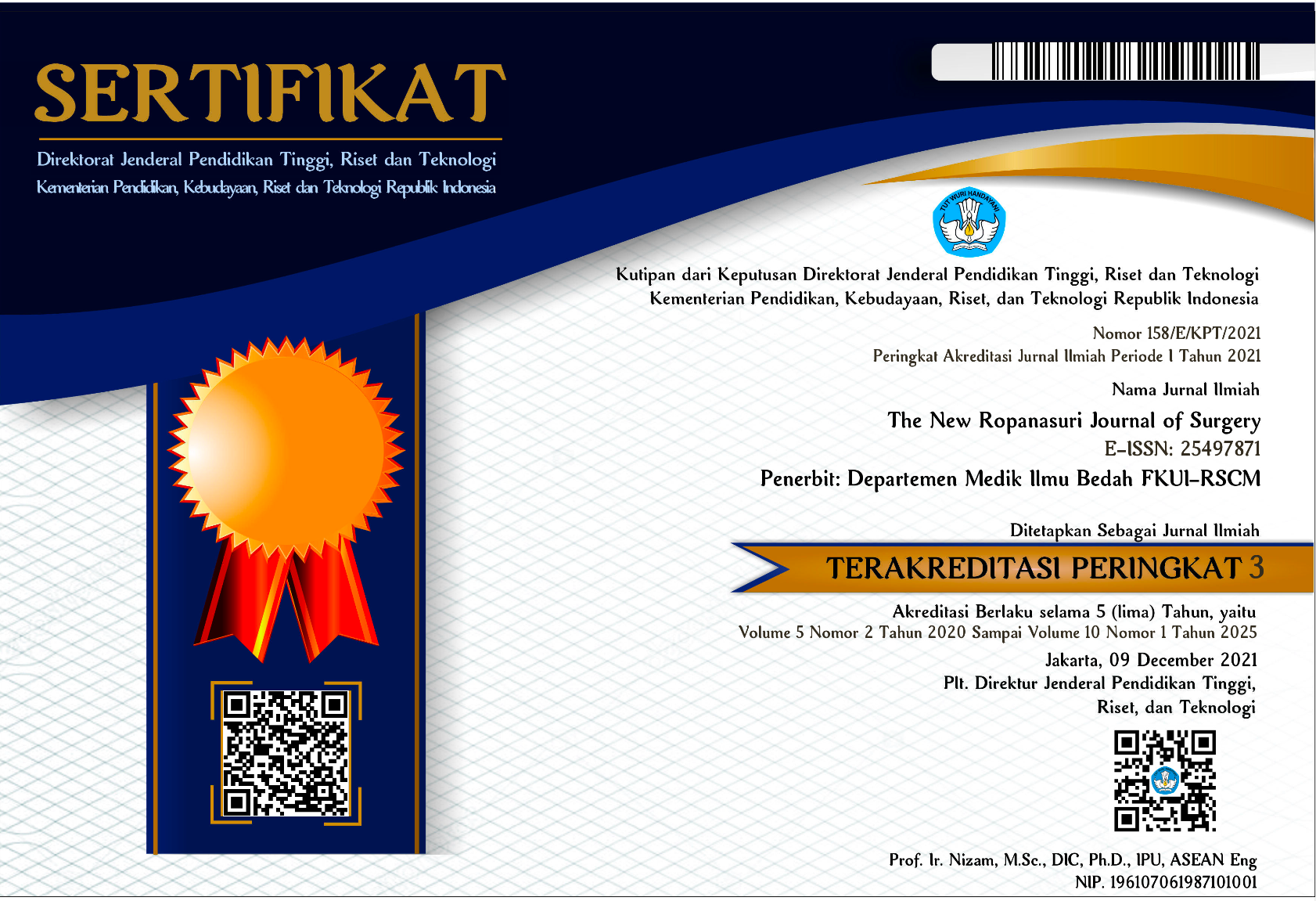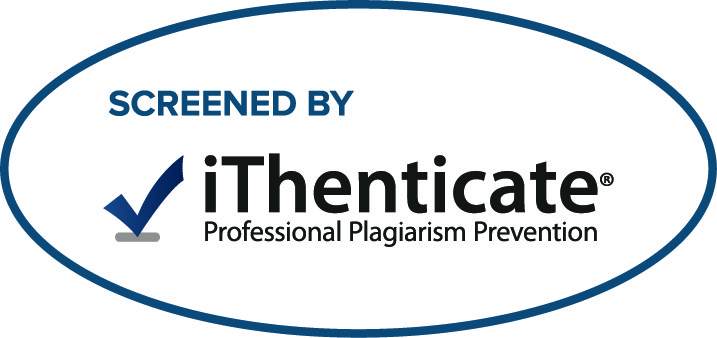Abstract
Foot ulcers are one of the problems that are often encountered in uncontrolled diabetes mellitus. With diabetic peripheral neuropathy, the typical clinical symptoms of PAD (peripheral arterial disease) may be obscured, leading to critical limb ischemia (CLTI). Diabetes may accelerate atherosclerosis that diminishes blood flow in PAD—further, diabetic patients with PAD often enfaces infra-popliteal lesions and require revascularization. However, studies on revascularization techniques in infra-popliteal PAD remain minimal. We reviewed the literature on EBSCO, and PubMed focused on the revascularization techniques in PAD, namely: expanded polytetrafluoroethylene (ePTFE), saphenous vein graft (SVG), atherectomy, surgical revascularization first, revascularization with endovascular bypass, direct and indirect angiosome revascularization, open surgery, direct bypass, indirect bypass, PTA, drug-eluting stent, pedal artery angioplasty, non-drug balloon angioplasty, DCB balloon angioplasty, infra-popliteal angioplasty, and cryoplasty. The methods of cryoplasty, atherectomy, direct bypass, balloon angioplasty, and eluting drug stent showed a better outcome in infra-popliteal CLTI.
Recommended Citation
Suhartono, Raden and Wijaya, Ghany H.
(2022)
"Revascularization Techniques for Infra-popliteal Peripheral Artery Disease in Diabetic Foot: A Literature Review,"
The New Ropanasuri Journal of Surgery: Vol. 7:
No.
1, Article 8.
DOI: 10.7454/nrjs.v7i1.1119
Available at:
https://scholarhub.ui.ac.id/nrjs/vol7/iss1/8













